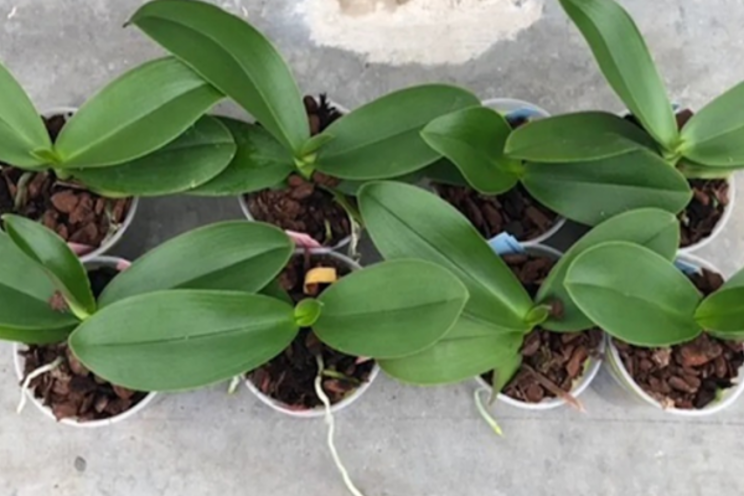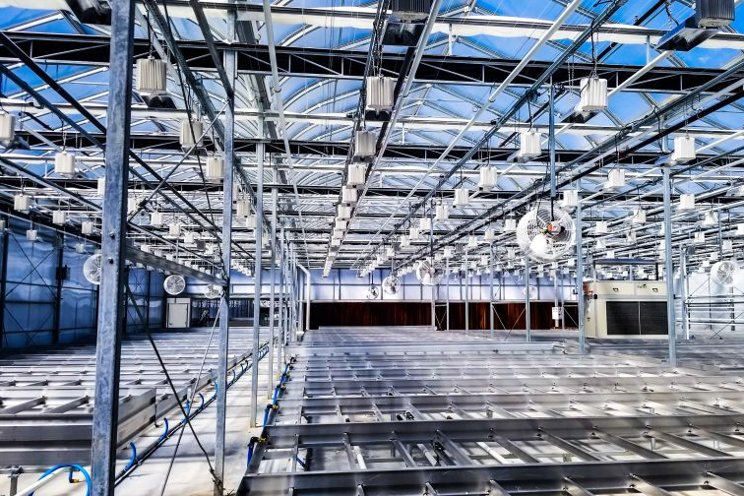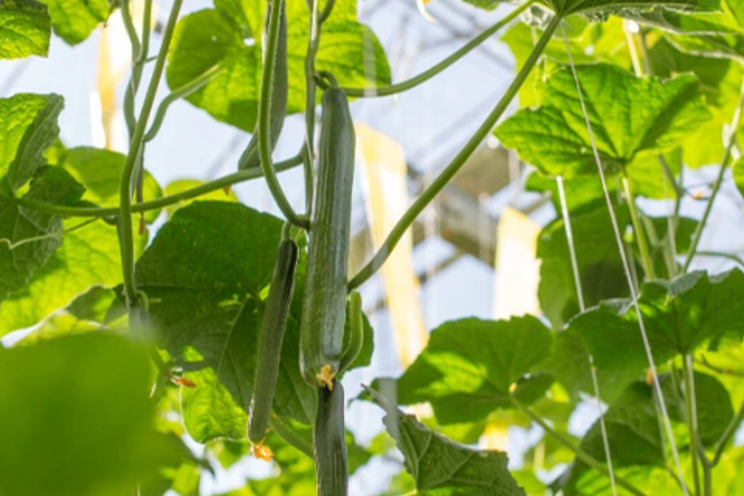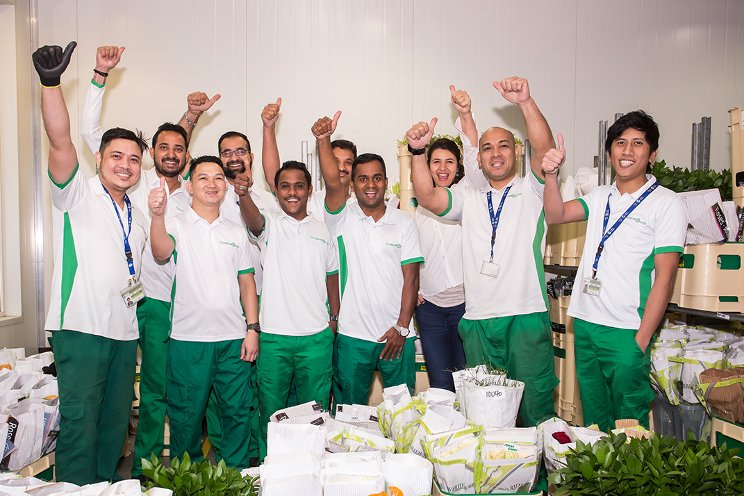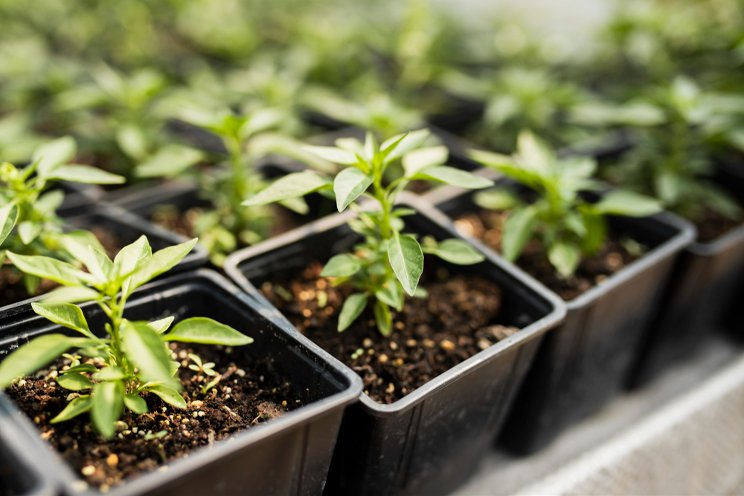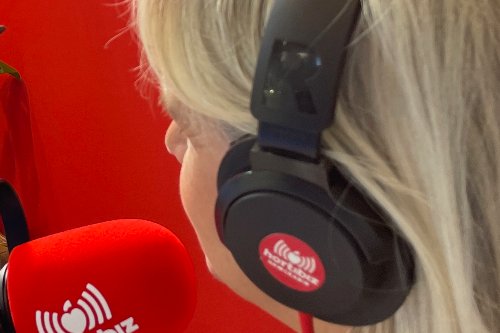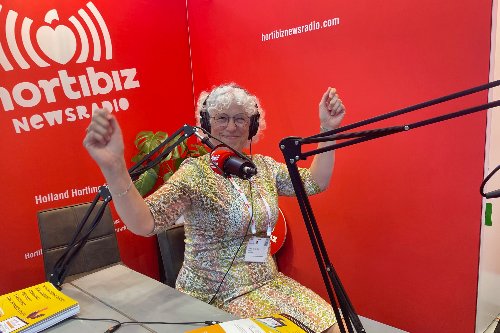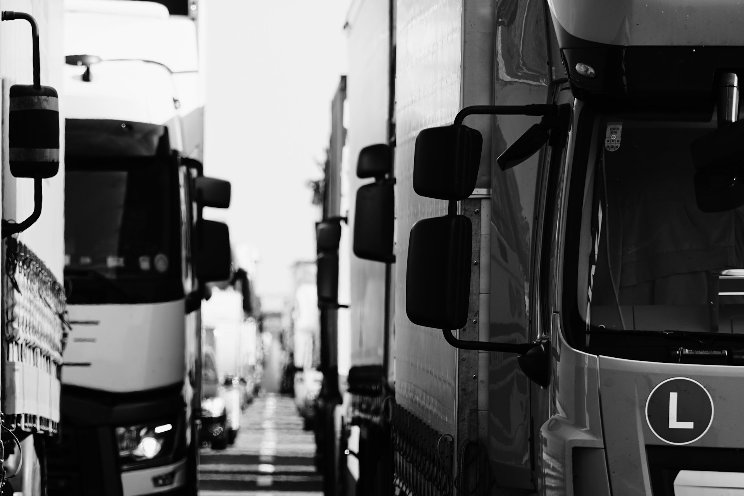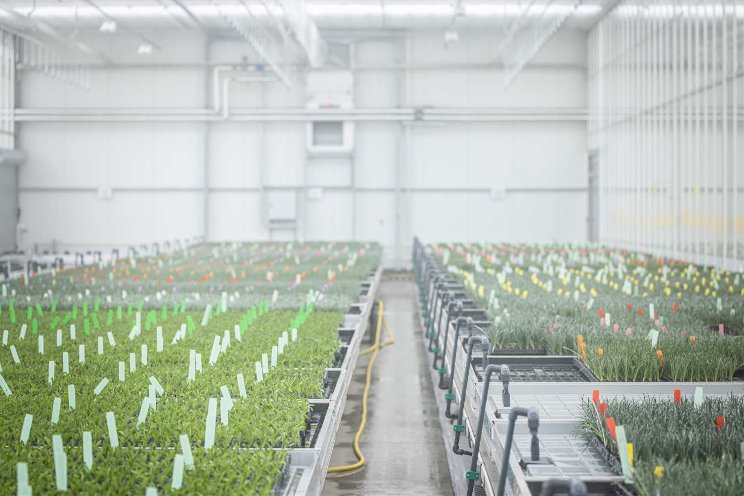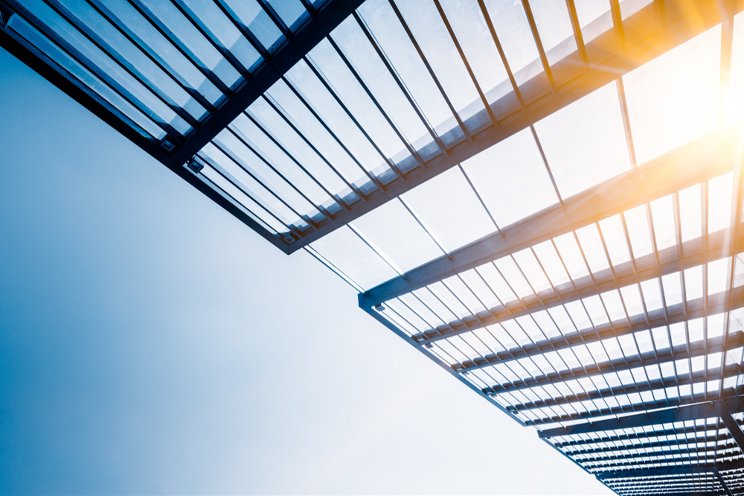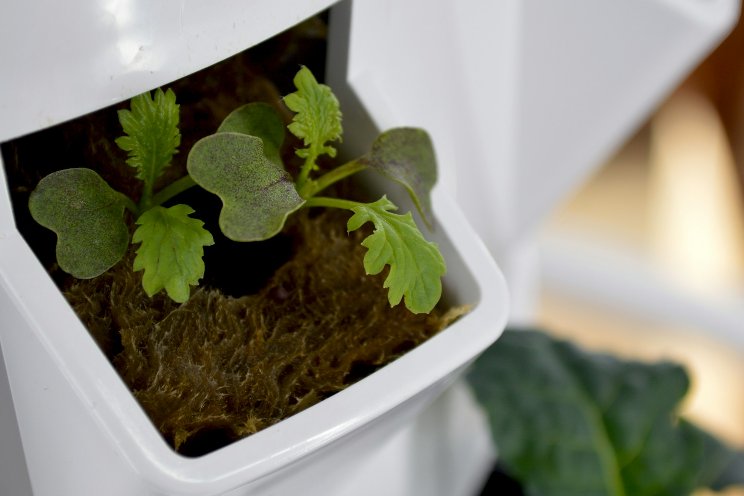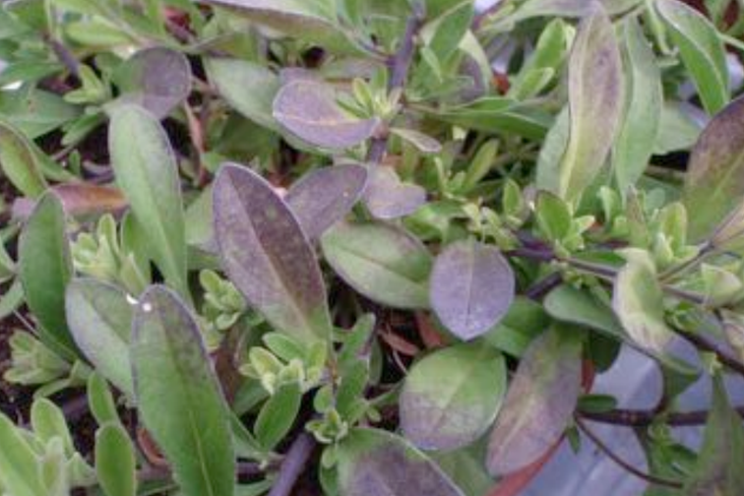Looking to finance a new greenhouse project?
Added on 27 September 2021
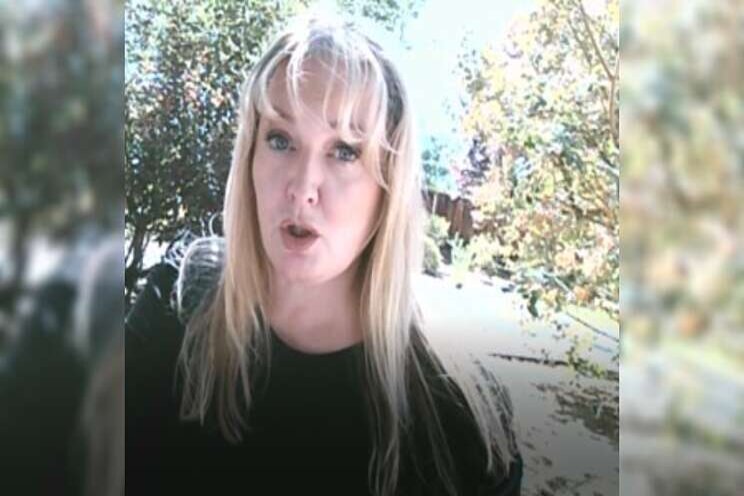
This is Kerslake's second venture in indoor agriculture, having founded, built, and successfully executed Indoor Ag-Con, a premier industry event. Previously, she worked in real assets investments in Europe, Asia, and the U.S. at companies such as ABN Amro and SEI Investments. Kerslake is a graduate with honors of Magdalen College, Oxford, where she studied politics, philosophy, and economics. She also holds a Chartered Financial Analyst (CFA) qualification.
Greenhouse Grower took a few minutes to sit down with Kerslake to discuss some of the challenges indoor growers face with finding financing and how they can better work with their lenders.
Question (Q): What are some of the challenges indoor growers face when looking for funding to finance their operations or outfit them with equipment?
Nicola Kerslake (NK): One challenge is a lack of knowledge and information amongst the lenders. This isn't the largest industry, and so it hasn't been standing out in a way that makes it obvious for lenders to put time and resources into understanding it. And more importantly, there isn't a core of data for lenders to go by. If you look in traditional ag, you can go back to the 70s and get good data on yields, returns to farmland, and all kinds of things. That data just doesn't exist within the protected-ag industry yet. However, that is starting to change. When we first started Contain, we spent six months cold calling before we found our first lender. Now, we get two to three inbound inquiries from lenders a week who want to work with the industry.
The second issue, which is a corollary of the first, is that there is a perception that the indoor-ag industry is higher risk. That is partly because of talk that these farms aren't yet profitable. Farming in general has the same challenges, but it is more of the perception here. COVID-19 has started to change some of this. We have progressed from "Why would someone buy this expensive lettuce?" to "We better get this supply chain sorted out, otherwise no one will be getting any lettuce."
Q: Why do lenders hesitate to work with indoor growers?
NK: The range of possibilities as to who you can lend to is enormous. There are plenty of other industries out there.
If lenders' systems aren't set up such that indoor farming is an obvious fit for them, then there's not necessarily an incentive for them to go look at it. Again, I think that's starting to change. The thing that has really helped in that regard is the big public announcements. It's knowing that folks like SoftBank and Goldman's and other well-known names are investing in the space that has really made a big difference.
Q: What types of funding opportunities are available to indoor growers that they may not have thought of before?
NK: Special Purchase Acquisitions Companies (SPACS) is an obvious one, although I don't know how long that will continue. SPACs have a patchy history, but this time around does seem to be different. The second is public markets, and the third is real estate financing. Occasionally, we see deals where investors are just looking at buying the building and then putting a farm in it, but that's not always the case.
Q: What are some common mistakes growers make when working with lenders?
NK: The one we see every single day is start-up companies that want to do really big projects. Lenders just won't do it. You need to prove to lenders that you know how to operate first before you can do something really big. We see this repeated pattern of folks coming in with a really big project, not getting it funded, and then coming back six months later and saying "We've done something that's a 10th of the size or a quarter of the size we originally planned. Now we're actually selling into these channels and starting to build a business."
The other challenge is with folks who have been in business for two or more years and are not yet profitable. It's hard to justify that to a lender because the lender wants to see the ability to repay. A constant refrain we get is that an operation needs more capital, but we know, because we deal with them every day, that there are plenty of profitable smaller growers out there. At the end of the day, what lenders want to see is that this is a business that can survive long term.
Q: What measures can growers take to attract lenders' attention?
NK: Unfortunately, it is some of the shiny stuff. It's venture capital or investor backing. The bigger and shinier the better. We have several lenders we work with who basically say, if these guys have venture capital, then bring them to us as a deal. And then the other is not having enough personal investment in the venture. One of the big mistakes we see is companies that say they're only going to put down 5%. You are not asking your lender to fund a car or a house purchase. They want to see that you have a fair amount of skin in the game.
Q: What types of things should indoor growers expect when working with commercial lenders?
NK: One thing people don't expect when working with commercial lenders is that they want to understand the business plan. They will often ask about things like your offtake agreements or your path to scaling the business. Most people don't get into farming because they love writing business plans. We often see two extremes where someone can't articulate their business plan, and on the other end of the scale there are folks who write grandiose, 40-page business plans that don't speak to the real world, and that aren't a great use of their time. You don't need more than a couple of pages for your business plan, but it needs to be something where a commercial lender can look at it and understand what your game plan is and why it is realistic. Folks also spend a lot of time talking about the industry in their business plans when it is unnecessary, because in reality lenders don't care.
The other misconception is that rates are going to be mortgage or car type rates. We have got some really great rates for folks, but this is higher-risk lending. What we work on primarily is non-recourse lending, so you're not putting up personal guarantees, which means you won't get your typical 3% car rate or a mortgage rate. It is going to be higher.
Q: On the equipment side, what options do indoor growers have for financing new equipment, leasing equipment, purchasing used equipment, and selling off old equipment?
NK: There are several types of funding available now for equipment. Some vendors do funding. You can also get Small Business Administration (SBA) loans or government-guaranteed loans. There are some local banks that will do equipment funding for you. I would say many folks we work with have already been turned down by some of those channels for one reason or another. That's why we started Contain. When we first started looking at financing for the industry, we thought we'd do equity. Then we came to realize there was a much greater need for lower cost capital. I think a quarter of the John Deere tractors are leased, so it seemed obvious to do a solution for the industry that was closer to that.
We learned a couple of things when putting Contain together. First, there are several folks out there who just can't afford new equipment. It's expensive. If you're trying to figure out if you can grow a certain way or if you are new to the industry or just can't afford the higher price tag, you don't necessarily want to buy new equipment right away.
And at the same time, we see a lot of folks who have worked with us before coming back saying "I've learned on this piece of equipment, now I am ready for something bigger, and by the way, what do I do with this old piece of equipment?" So, from both angles, we started thinking there is space here in the marketplace for somewhere that people can go to trade equipment. We wanted to be of service to the industry and help build the infrastructure it needs to survive. That's mainly why we started Equipped. Even though we've been off and running only a few months now, we're up to around $3 million worth of equipment listed on there now and already have sales going. We have everything on the site, from a microgreens harvester and 3D printer to grow systems lighting and container farms. We've also put a lot of time and energy into making this a pro-grade platform with components such as financing, payment processing, escrow procedures, and shipping.
We sometimes compare this service to learning to drive. You may not want to learn to drive using a brand-new Mercedes, but there are plenty of used options available while you perfect your skill. Then you go for the new car.
In an industry where technology is changing quickly and there is a fast turnover in equipment, this service allows people to do both.
Sourceand Photo Courtesy of Greenhouse Grower
Source: Greenhouse Grower
More news
